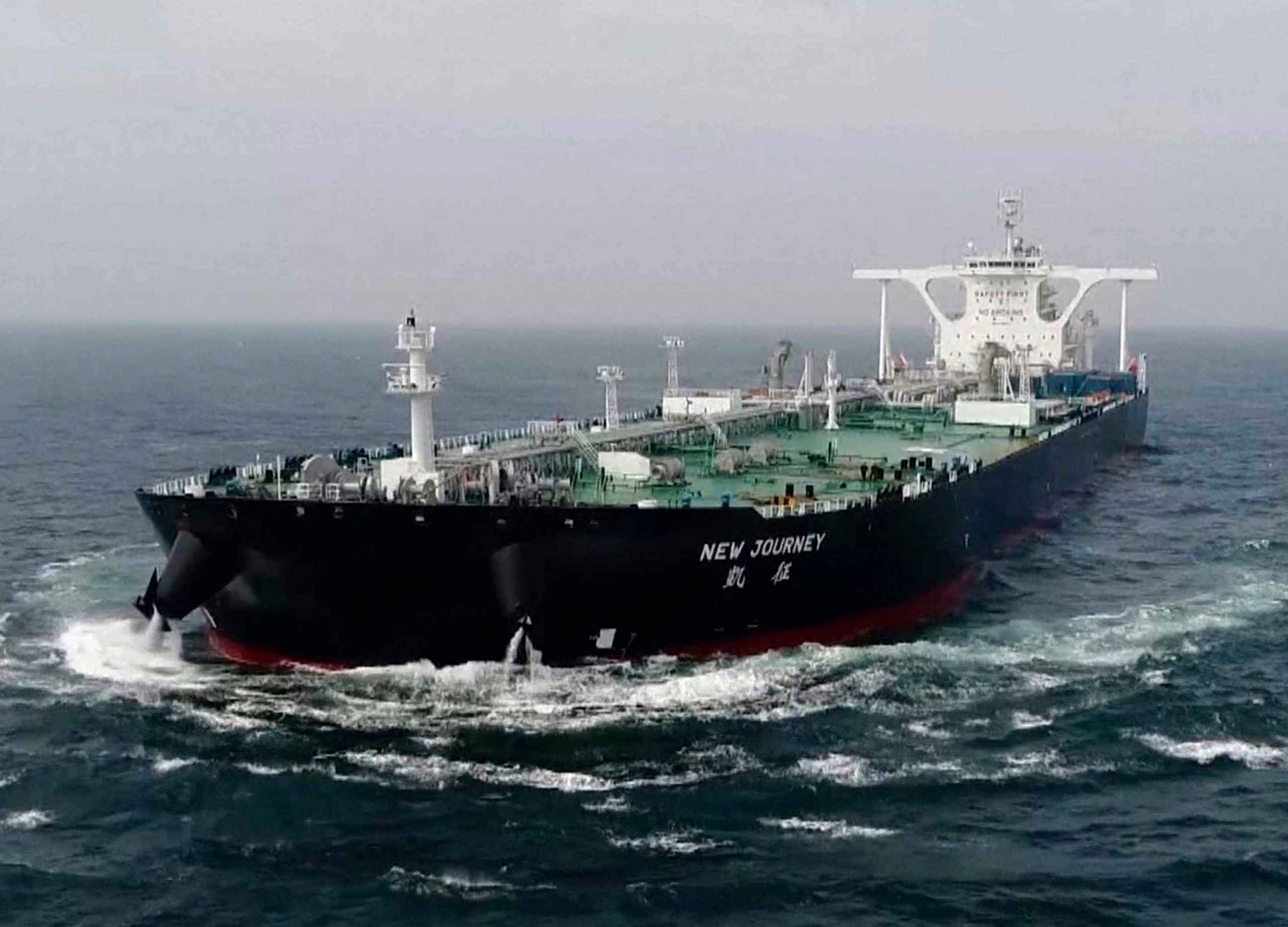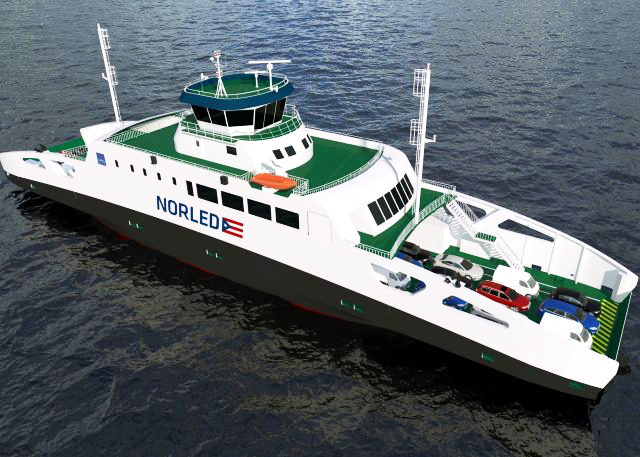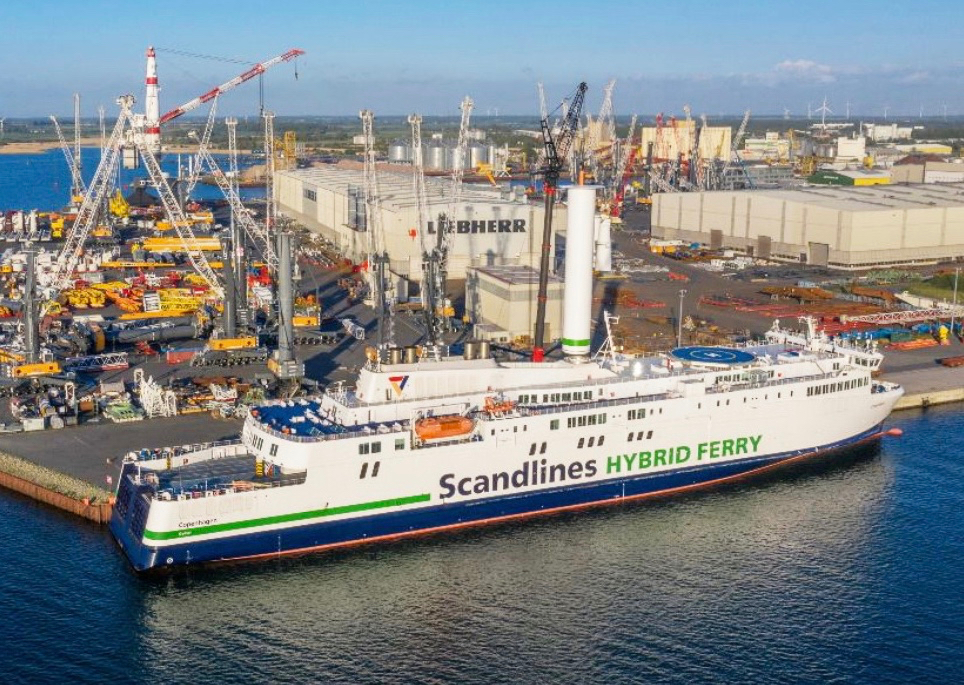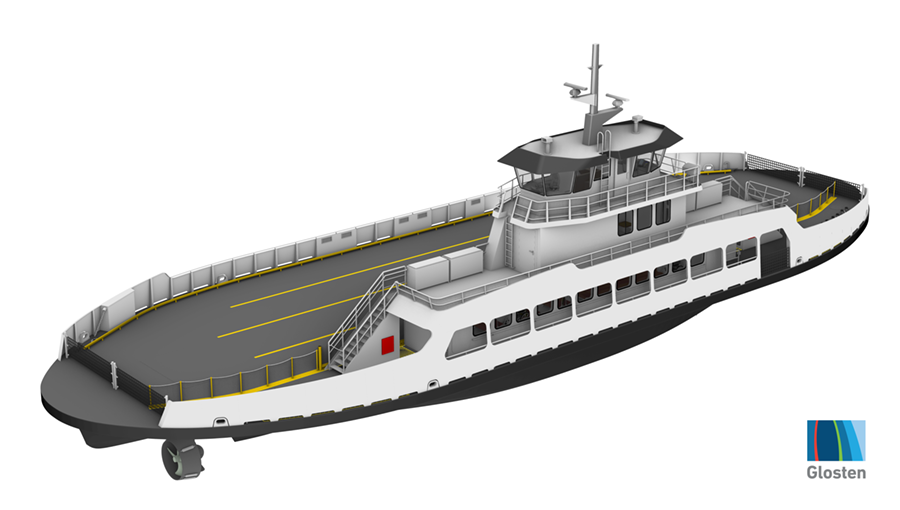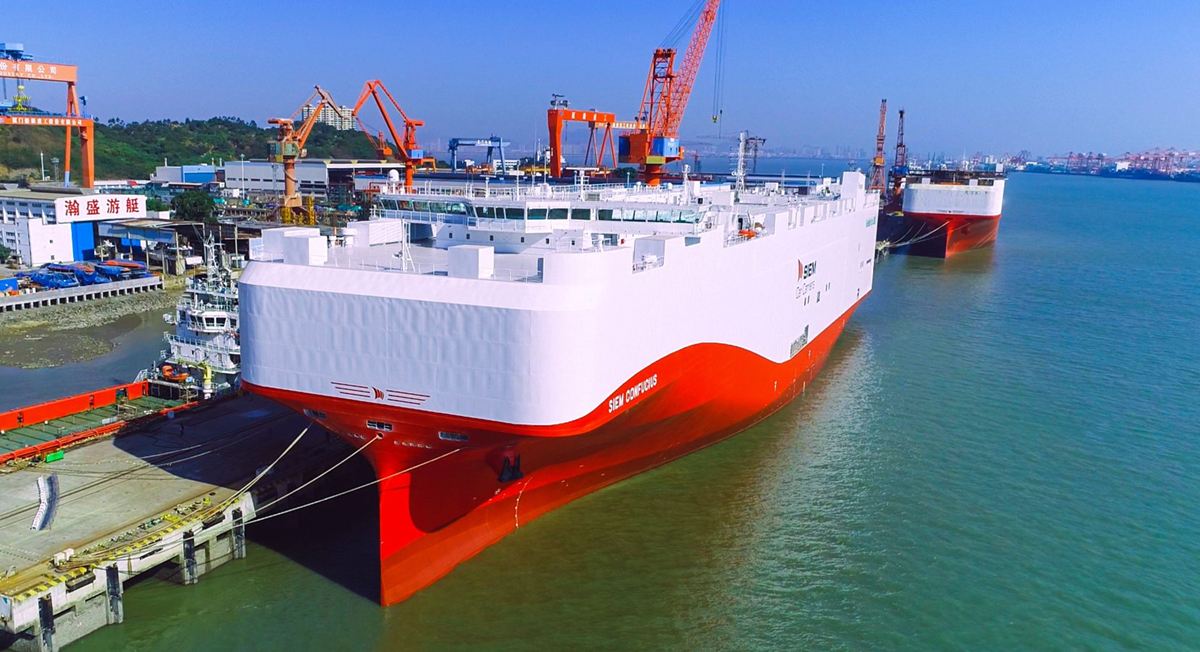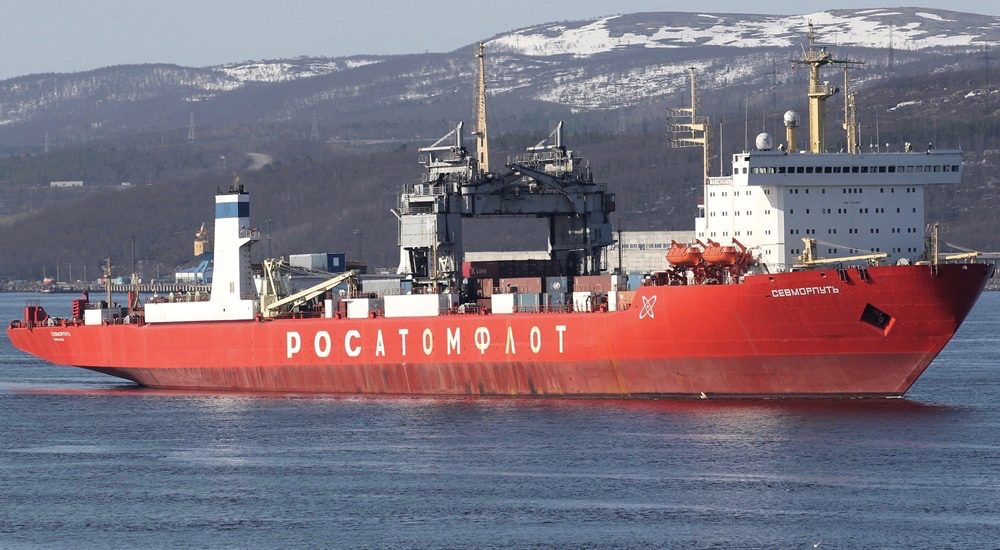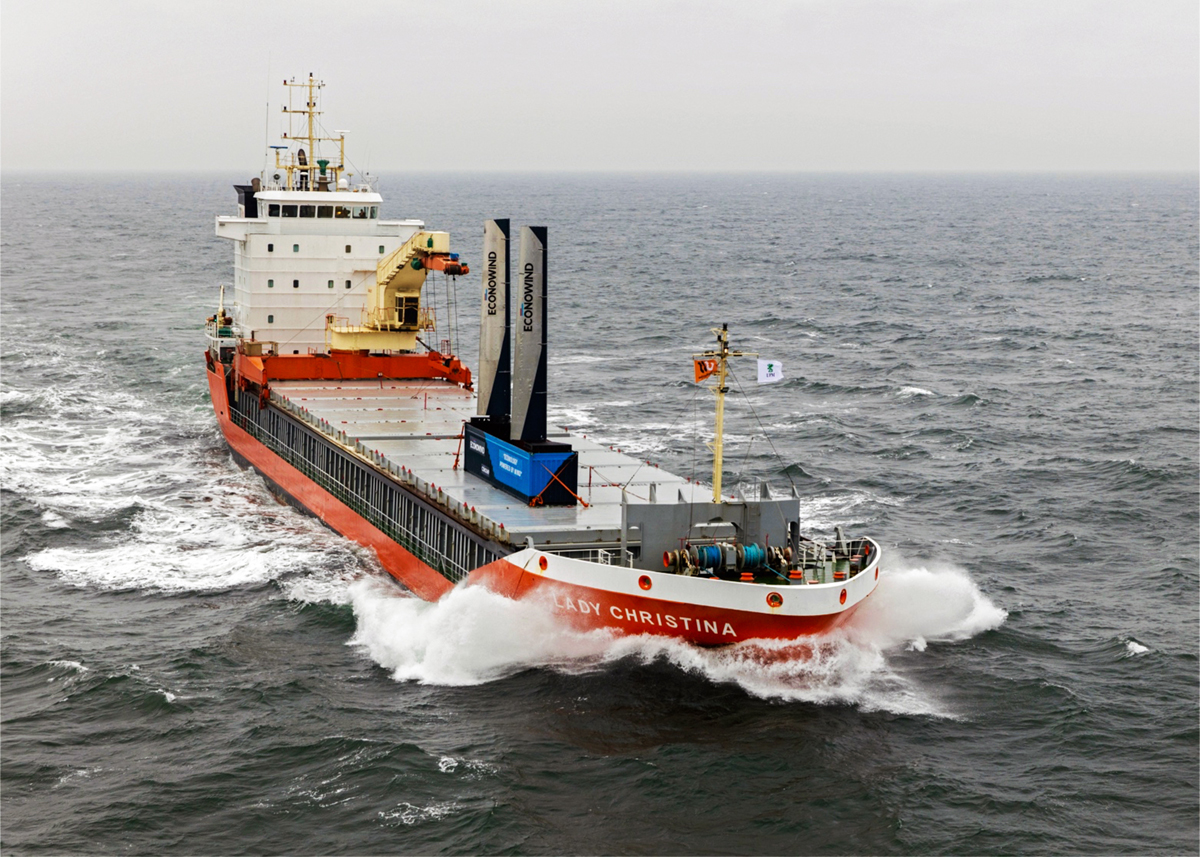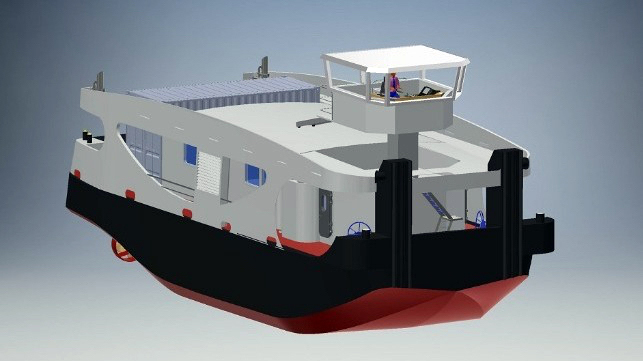01
Jul
Hong Kong’s China Merchants Group has ordered a further two Very Large Crude Carriers (VLCCs) from the China Shipbuilding Group’s Dalian Shipbuilding Industry Corporation after taking delivery of four similar vessels from China Shipbuilding last year. However, the two latest 307,000-dwt ships will be used to test new technologies to reduce both fuel consumption and ship emissions. One will be fitted with an air-lubricated hull and the other with a newly-developed auxiliary sail assistance system. The former has already been used on several Japanese-built vessels with good results while the latter was previously tested using China Merchants Energy Shipping’s 306,752-dwt…

